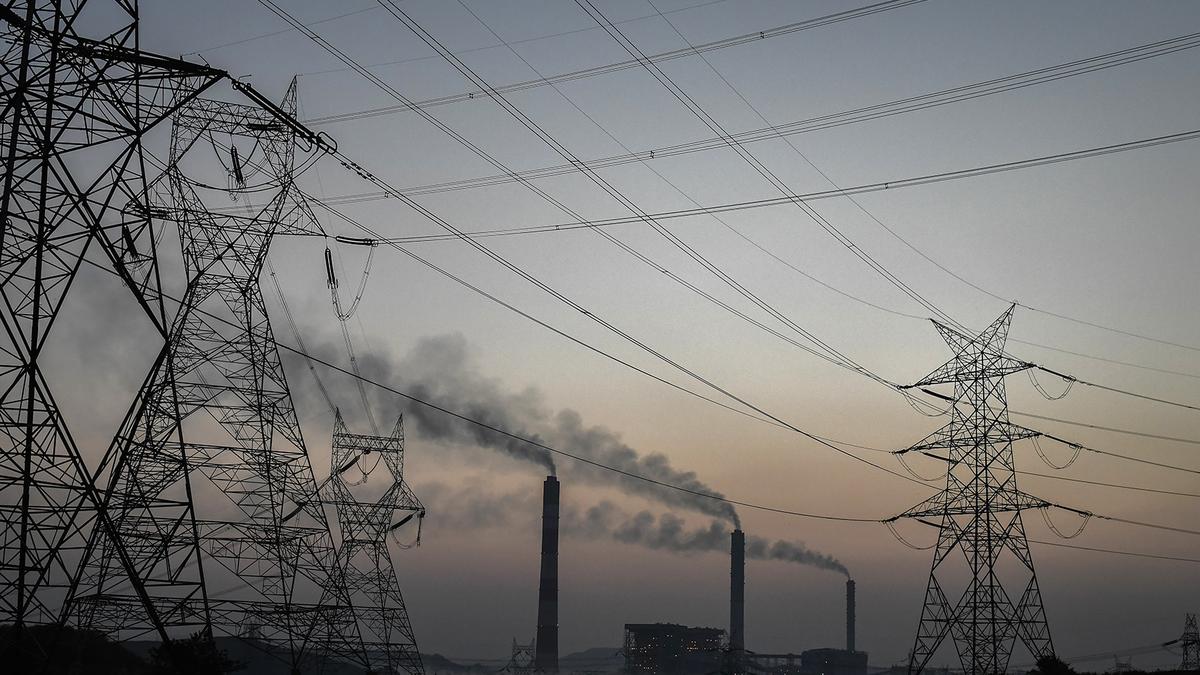The report finds countries are poised to reduce emissions only 17% of 2019 levels by 2035 — well below what is required to keep the earth from heating up 1.5C or even 2C by the end of the century. Image for representational purposes only.
| Photo Credit: Getty Images
Ahead of the Conference of Parties (COP 30) in Belem, Brazil, next month, the United Nations made public a ‘synthesis report,’ on Tuesday (October 28, 2025), that finds countries are poised to reduce emissions only 17% of 2019 levels by 2035 — well below what is required to keep the earth from heating up 1.5C or even 2C by the end of the century.
To keep temperatures below 2C and 1.5C, countries must cut emissions 37% and 57% respectively of 2019 levels by 2035.
The synthesis is based on countries’ updated nationally determined contributions (NDC), which are promises to cut fossil fuel emissions or plant forests (to capture carbon dioxide) until 2035. Tuesday’s report is only a partial picture as only 64, out of a potential 190 countries, have submitted updated NDCs until September 30. India is among the countries that is yet to submit updated NDCs, after its last submission in August 2022.
While conversation in the lead-up to climate COPs generally end to weigh heavily towards emissions reductions, the NDCs that have been submitted so far are also stressing two other important pillars of climate action — adaptation and resilience, with 73% of the new NDCs, including an ‘adaptation’ component, the report notes. Adaptation refers to steps that must be taken by countries to adapt to ongoing and future impact from warming, including natural calamities, sea level rise and coastal erosion.
“All NDCs go beyond mitigation to include elements, inter alia, on adaptation, finance, technology transfer, capacity building and addressing loss and damage, reflecting the comprehensive scope of the Paris Agreement,” the report notes.
With regard to greenhouse gas emission (GHG) reductions, the total GHG emission level resulting from the implementation of Parties’ new NDCs is projected to be around 13.0 billion tonnes of CO2 equivalent in 2035, which is 6% below what they promised in their previous NDCs (submitted from 2020-2022). The previous NDCs project countries’ estimated reductions by 2030.
Financial requirement
Afforestation, reforestation and adding solar energy were identified as the options with the greater need for support. In addition to the information in the NDCs, some Parties have announced domestic pledges and projects, such as tripling global renewable energy capacity by 2030, enhancing low-carbon hydrogen production and expanding Carbon Capture Utilisation and Storage (CCUS) capacity. Adaptation as well as mitigation requires finance in the order of trillion of dollars as previous reports have stated.
“While we caution against drawing global conclusions from this report, it still contains some green shoots of good news: countries are making progress, and laying out clear stepping stones towards net-zero emissions,” said UN Climate Change Executive Secretary Simon Stiell. “We also know that change is not linear and that some countries have a history of overdelivering. We are equally mindful that the data set in today’s report provides quite a limited picture, as the NDCs it synthesises represent around one-third of global emissions.”
Published – October 28, 2025 09:45 pm IST
